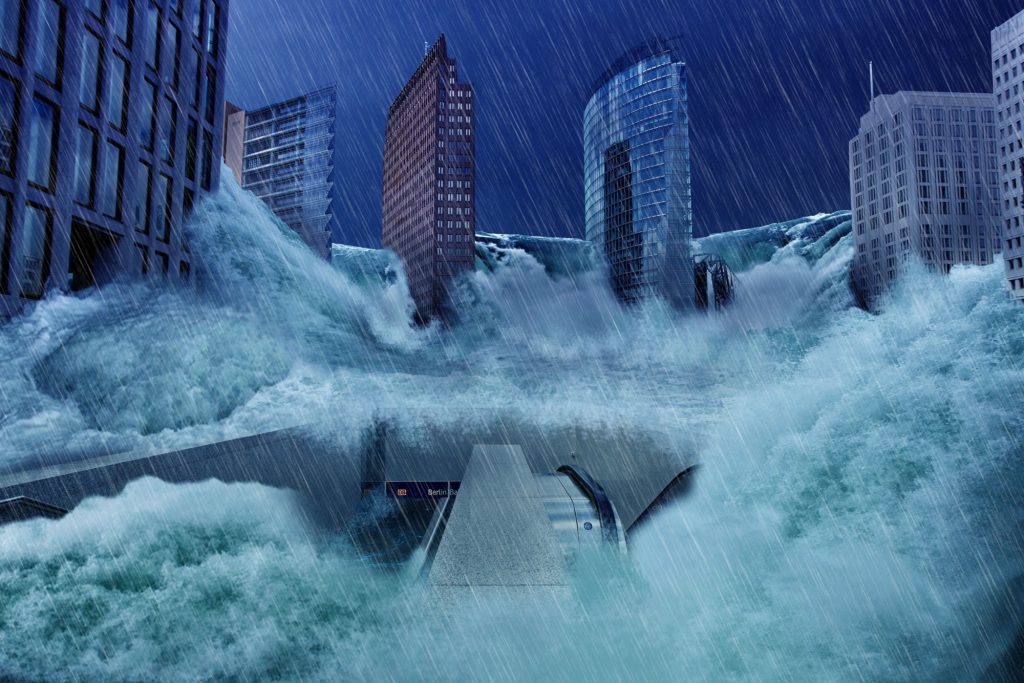NFIP Policy Problems: The National Flood Insurance System Is Broken
Just one inch of water in your home can cause up to $25,000 worth of damage in a home.
Most basic homeowner’s insurance policies do not cover floods. Separate flood insurance needs to get purchased, especially in high-risk waterfront areas.
Many flood insurance policies are provided by the National Flood Insurance Program. This is part of the Federal Emergency Management Agency, which got created in 1968 to address a lack of flood insurance in the private market.
NFIP policy was designed to reduce flood risk and decrease the demand for federal disaster assistance. It is, however, a very flawed program.
Let’s take a look at some of the changes needed.
NFIP Policy
NFIP policies get covered largely by policyholders and supplemented by the Federal Budget, who helps pay for some flood risk mapping.
The average policy is $700 a year. It covers structures inside your home, such as heating and cooling systems. This includes water heaters, central air conditioners, and furnaces.
Your appliances, such as refrigerators, stoves, and dishwashers, are also covered. Carpeting and window fixtures, such as blinds and curtains, can get insured.
Your insurance policy will cover structures built into walls, such as bookshelves and cabinets. Up to 10% of your policy can get used to cover your garage.
Personal property, including clothing, furniture, and electronics, get covered. They will not get insured, however, if they are in the basement.
Most NFIP plans will not cover temporary housing while your home is uninhabitable. It also will not pay for “loss of use,” certain valuables, and currency.
Anything outside your home, such as a porch, pool, or septic system, is also not covered. An NFIP plan will not cover your car.
As of March of 2019, NFIP had over five million policies in force, many of which were for single-family homes. Less than twenty-five percent were for condo units.
Under NFIP Policy, a person can buy coverage on their dwelling for up to $250,000. They can cover the contents of their home up to $100,000. Non-residential coverage will pay for up to $500,000 in structure and contents coverage.
These limits have been in effect since 1994. They do not reflect the increase in cash value and replacement costs for a property in today’s market.
Some homeowners are purchasing additional coverage through private companies to make up for the shortfall. Check out these secrets.
Spiraling Debt
Many policyholders are paying significantly less than what it costs to insure them. This has resulted in significant debt for the NFIP. Their premiums cannot cover catastrophic losses, such as those caused by Hurricane Katrina and Hurricane Rita in 2005.
NFIP had to pay $8.5 billion for Hurricane Harvey, $16.5 billion for Katrina, and $8.8 billion for Hurricane Sandy. It owes taxpayers nearly $25 billion. It is paying nearly $400 million each year in interest.
NFIP has also had a problem with wealth redistribution. It uses taxpayer funds to pay for extras on homes in flood zones. Their maps are outdated, so insurance premiums do not reflect the actual risk in certain zones.
Who Needs Insurance?
In recent years, an increasing number of folks are buying homes in flood zones. They use flood-risk mitigation, such as raising their homes, to lower insurance rates.
43% of homeowners believe, incorrectly, that their homeowner’s insurance covers flooding. Only half of the people mandated to purchase flood insurance actually do.
Many people know that those properties directly beside a body of water require flood insurance. Rainstorms and hurricanes are well-known sources of flooding. Yet you will also need to remember that melting snow, failed dams and levees, blocked drain systems, and other factors can start a flood.
Folks are often incorrect when estimating their own flood risk. They should consider everything inside their home that will need replacing. This includes locked-up valuables.
People sometimes also expect that the government will automatically provide assistance in the event of a disaster, which does not happen often.
What Can Be Done?
The Biggert-Waters Act of 2012 got introduced in order to help NFIP become more financially solvent. It increased premiums.
Understandably, this enraged homeowners. The Homeowners Insurance Affordability Act of 2014 delayed many of the premium increases.
Presently, there is a bill in Congress to help reduce some of the financial issues NFIP faces. It includes a plan for making it easier for private insurance companies to sell policies.
Private insurance policies allow homeowners to purchase more coverage, sometimes more than twice the level that NFIP offers. It is also useful if you have fine collectibles, such as art or jewelry, that you need to get covered.
Unlike public flood insurance, private insurance can help you pay for living expenses if your home becomes uninhabitable. Homeowners who shop around may even find that it is more affordable.
Many propose additional incentives for high-risk homeowners to purchase insurance, such as tax deductions.
NFIP should also be required to disclose how it determines premium pricing. This should be open to the public. The organization needs to take into account the differences in property contents and values in certain neighborhoods.
Local governments should get involved in community mapping. And there can be a limit on annual rate increases.
An Insurance Flood
NFIP policy provides basic coverage at affordable rates in areas where insurance is required. It will cover important elements such as appliances, heating systems, and clothing.
The policy, however, has many flaws. It needs to provide adequate coverage to properties in a fiscally responsible way so that it does not add to the mounting debt crisis.
For more information on community news, read our blog today.

